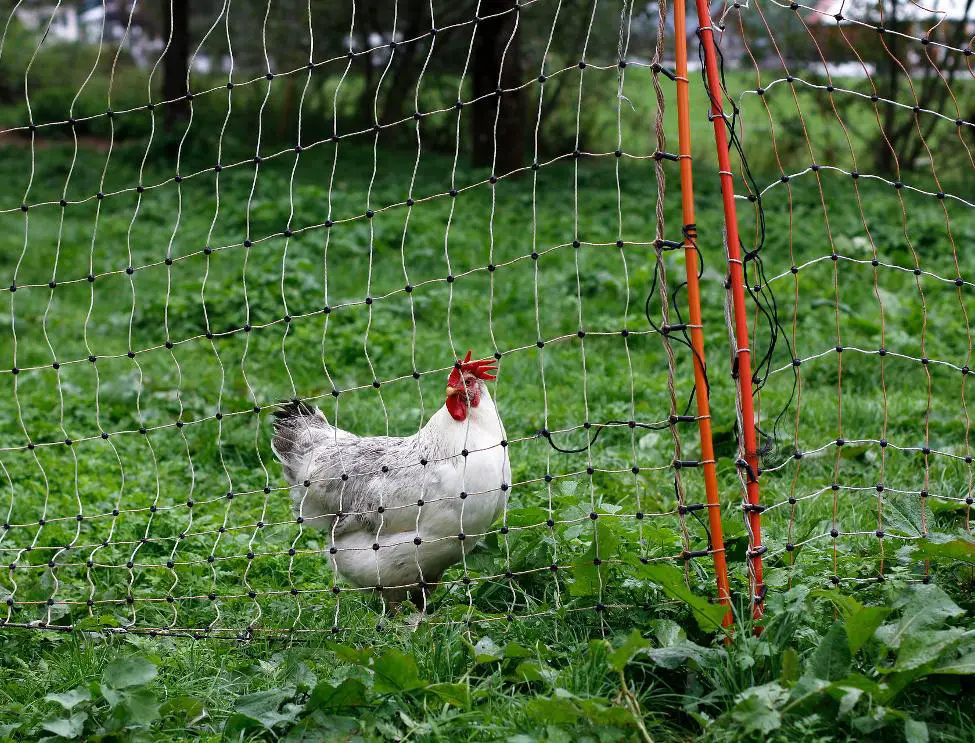Permaculture gardening means applying design principles to growing food in your garden. In order to understand this, we first need to talk about the concept of permaculture and its meaning.
In this article, we will talk about permaculture in more detail and how we can apply it to our vegetable garden.
What is permaculture?
Permaculture is a design philosophy that integrates and respects natural systems. Permaculture is the design of self-sustainable ecosystems that provide all needs for humanity in a way that is beneficial to life on earth in all its forms. It not only applies to food or gardening, but it also applies to agricultural, hydrological, housing and nutrient cycling systems.
Because of our ability to apply human intelligence in a harmonic way, using what we learn from nature, we can actually improve nature itself.
For example, a forest is an ecosystem with a great diversity of plants, animals and fungi, all harmonizing together and inter-reacting in many niches and layers, designed by nature and maintained as a system in perfect balance. By following permaculture principles, we could create a food forest, a system that produces food in which most of its elements are productive. This food forest will sort of care for itself, functioning like a forest but with an assembly of plants that would never naturally occur and where the majority of these plants produce food.
Do you need animals for permaculture?
You do not need animals to create a permaculture garden but animal systems are beneficial and form an integral part of a successful permaculture garden. Permaculture is all about developing beneficial relationships and animals are an important component of any sustainable ecosystem. Animals can help by foraging to cycle nutrients, weed maintenance, spreading seeds, pest control and clearing fallen fruits. Chickens, cows, sheep, rabbits, and worms, can all contribute in different ways.
Permaculture ethics
The ethics on which permaculture is built are:
- Care of Earth. Taking care of the Earth’s systems, including all living and non-living things, such as animals, plants, land, water and air.
- Care of People. This is about promoting self-reliance and responsibility towards the greater community. Provision for people to access those resources needed for their existence.
- Fair Share or Share Surplus. There is a finite and measurable share of resources available to each person to support them. When we share our surplus produce, our skills and knowledge, we build bonds with the community.
How is permaculture different from organic gardening?
Both practices, organic gardening and permaculture, care for the environment but permaculture goes one step further. Permaculture is not about how you grow your food, if you are using herbicides and chemicals you are probably doing yourself and your land harm but there are hundreds of ways of growing food organically. Permaculture deals with the design of our gardens, homes, energy systems, waste systems, water and social systems, so gardening is only a small component.
Permaculture is not just about how we grow our food it is much more than that. It is about applying design and principles to create self-sustainable ecosystems that take into account the needs of the earth, people and all living and non-living organisms.
